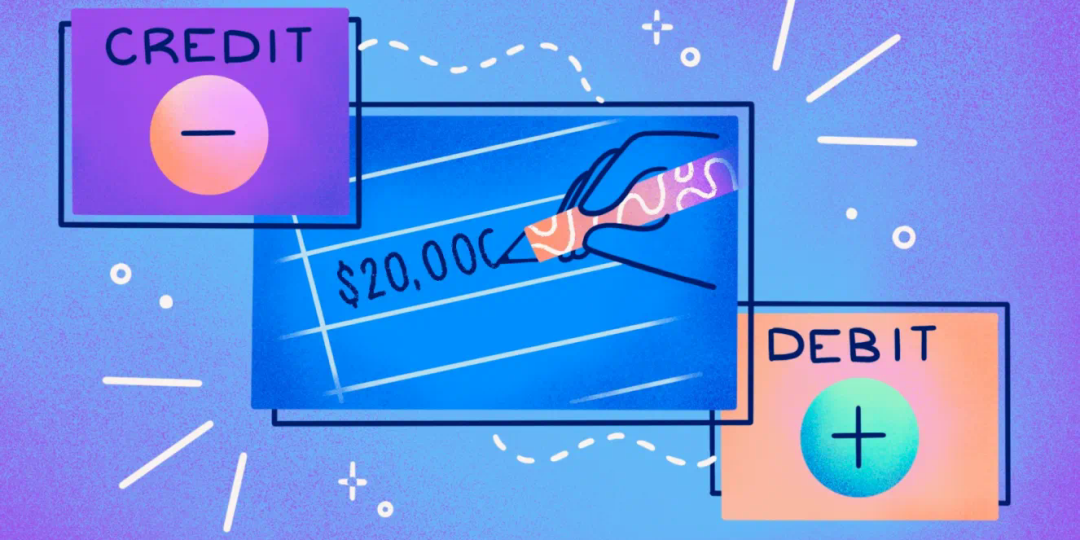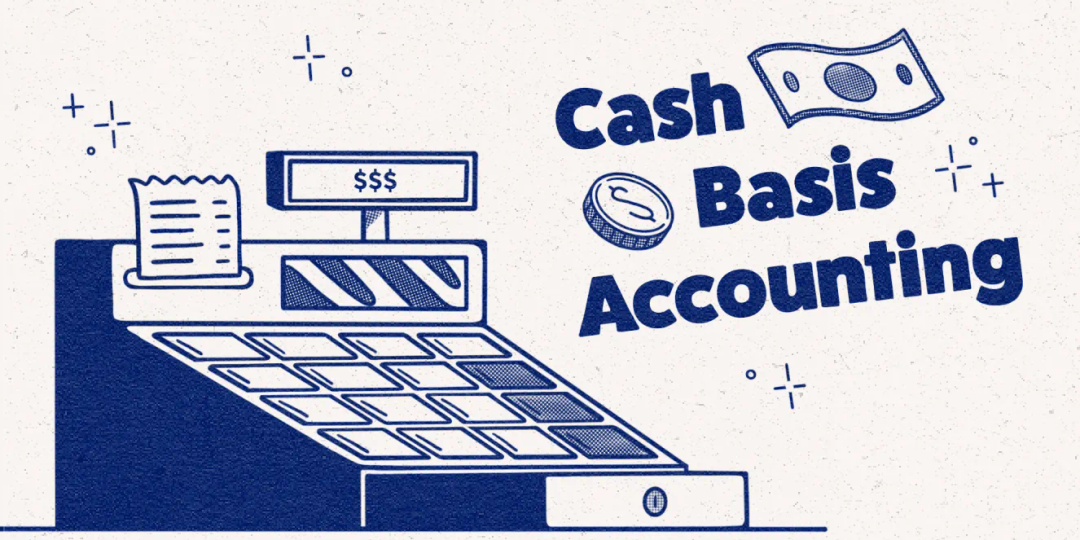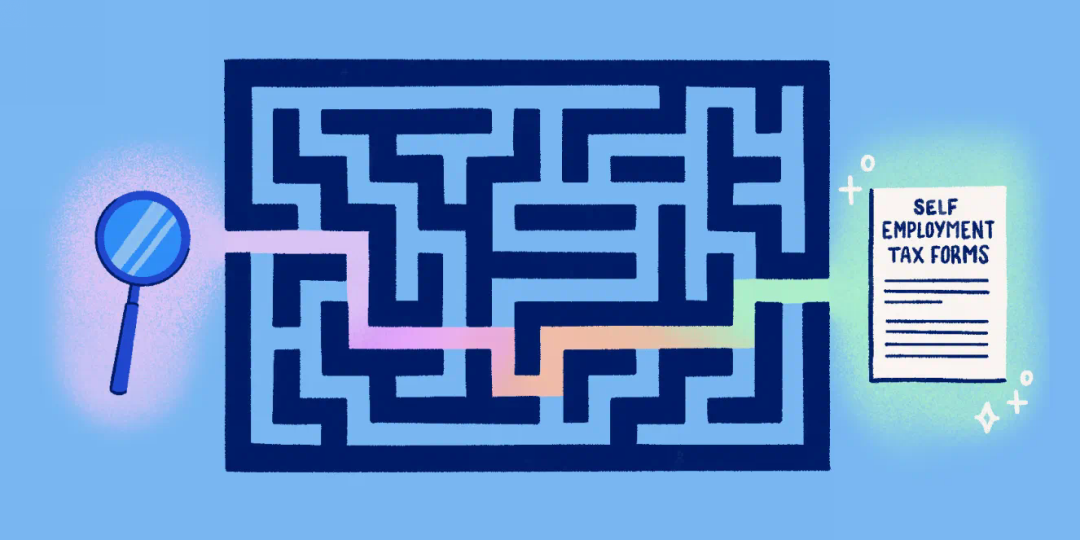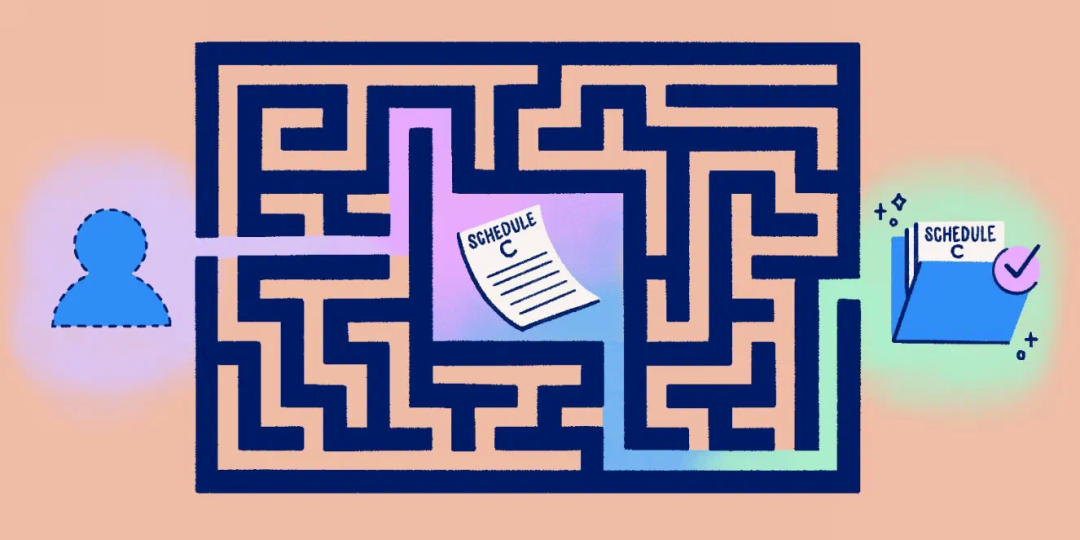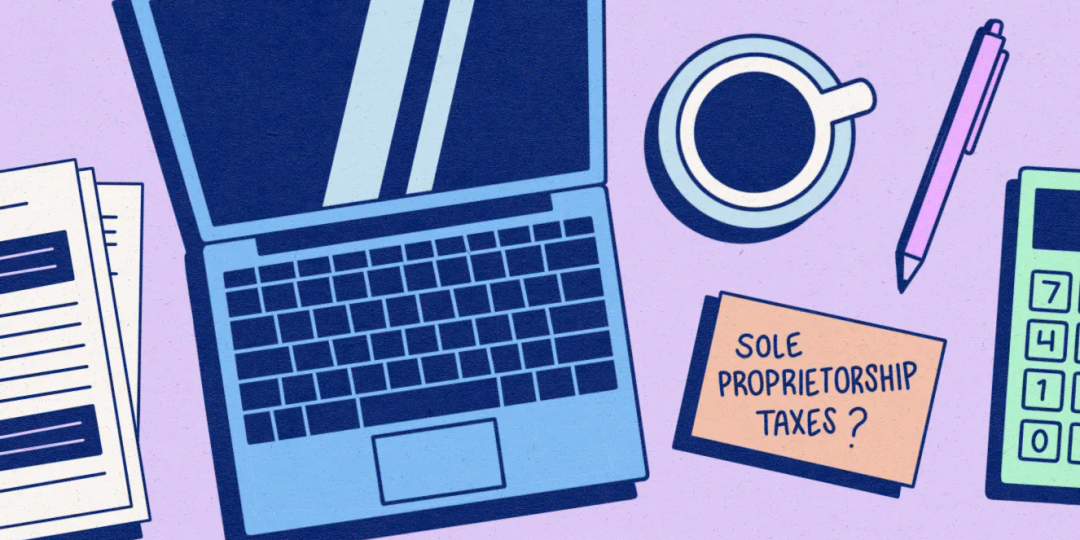Being independent features a great deal of obligations. We will not explain regarding accounting, company, pay-roll, and supply (… this time around), because, today, we’re discussing tax obligations and the numerous types that you, the independent person, are needed to submit.
Throughout tax obligation time in the United States, Arrange SE is just one of those types. Really, it is just one of one of the most crucial ones. However where to start? When is it due? What info is required to discover just how much you owe?
Below’s whatever you require to find out about Arrange SE, loading it out, and submitting it right.
What is Arrange SE?
The internal revenue service has a number of various tax obligation routines. These are types that independent individuals are needed to submit along with their income tax return. Among them is Arrange SE.
So, just what is Arrange SE? Well, it’s your self-employment tax return, where you can compute and report the quantity of self-employment tax obligations you owe based upon your revenues.
It resembles an add-on to Type 1040– your Person Tax Return– and is utilized by the Social Protection Management to examine your advantages within the social safety program.
That needs to submit Arrange SE?
Not every independent person needs to submit Arrange SE. Below’s just how to inform if you do:
Submit Arrange SE if:
- You gained at the very least $400 in self-employment revenue throughout the tax obligation year
- You gained at the very least $108.28 in church worker revenue
Do not submit Arrange SE if:
- You really did not make greater than $400 in self-employment revenue
- Your organization had a bottom line
That stated, you may still wish to submit the type making use of an optional technique for prospective advantages. (However a lot more on that particular later on.)
Exactly how to recognize if you’re independent
The internal revenue service has great deals of guidelines that can include a great deal of concerns. Such as this one: that counts as independent for tax obligation functions?
That’s more than likely you if you’re a single owner or independent service provider running an unincorporated organization. Keyword below is “unincorporated.” That indicates your organization isn’t thought about a different lawful entity from you, the proprietor.
Below’s some even more guidelines:
- If you’re a single-member residential LLC as a single proprietorship, after that you’re self used. That is, unless your organization chooses it intends to be dealt with as a company or an S firm. Because situation, you’re a worker of a firm, not independent.
- In an organization collaboration? You’re independent … also if it’s you and your BBFF (Company Buddy Permanently) running your organization. The exact same guidelines in the factor over relate to this set, also.
- Are you in organization on your own? Obtained a side rush? Job? Consider on your own independent, also if you work-full or part-time somewhere else.
Psst! Scroll to the frequently asked question to discover just how to submit your self-employment tax obligation if you’re functioning greater than one task.
What is self-employment revenue?
Self-employment revenue is precisely what it seems like: it’s the cash you make on your own by being independent. Currently onto the more difficult things. (Do not stress. It’s not that hard.)
Exactly how to compute self-employment revenue
Declaring Arrange SE begins with determining just how much you have actually gained in self-employment revenue. Really did not make anything? Well, if you have actually obtained a sensation that your organization goes to a loss, you still require that number for declaring functions.
To obtain that number throughout tax obligation time, you can search in a couple of various locations:
Arrange C, line 31
If you’re a single proprietorship or you functioned as an independent service provider, you’ll wish to make use of Arrange C for the estimation. Search line 31 to locate the number.
Arrange K-1, line 14a
In an organization collaboration? After that you’ll make use of Arrange K-1 of Type 1065. This will certainly aid you find out your share of the revenue or loss. You’ll tape-record it on line 14a. Directs: this revenue is commonly based on self-employment tax obligation.
Arrange F, line 34
Arrange F is particularly for farmers. If that’s you, you’ll make use of Arrange F of Type 1040 to compute your overall farming revenue or losses. It’s taped on line 34.
Exactly how to submit Arrange SE
Arrange SE has 2 components. The very first component is completed by a lot of independent people. You can submit the 2nd component making use of 2 optional approaches, yet it just requires to be completed if you satisfy particular standards.
Below’s just how Component I: Self-employment tax obligation breaks down.
- Lines 1a and b: These apply for farmers just, so if that’s not you or your task, avoid this component.
- Lines 2-4c: Below you’ll obtain asked to take your overall internet self-employment revenue and increase it by 92.35%. This will certainly compute your “internet revenues.” Your internet revenues are what goes through self-employment tax obligation. You’ll take this number and document it in both line 4c and line 6.
Nonetheless, if you have revenue as a church worker and obtained a Kind W-2, you will not do this component.
- Line 7: This is limit quantity you can pay Social Protection tax obligation on ($ 142,800). This quantity is utilized for the computations in Lines 9-10.
- Lines 8a-d: Below’s where you’ll tape-record any type of revenues from a task that you have actually paid Social Protection tax obligation on, like per hour salaries or an income. This details gets on the W-2 that your company offers you.
- Lines 9-10: This is just how much Social Protection tax obligation you’ll owe.
- Line 11: This is just how much Medicare tax obligation you’ll owe.
- Line 12: This is the overall quantity from Line 10 and Line 11 and reveals your overall self-employment tax obligation quantity.
- Line 13: This line will certainly trigger you to increase whatever your self-employment tax obligation is by 50%. You can declare that quantity on an additional routine of Type 1040, called Arrange 1.
Following is Component II, which is “Optional approaches to figure internet revenues.” As it specifies, this area is absolutely optional. Currently, we understand what you’re assuming: why would certainly anybody submit an additional type if they do not need to?
Great inquiry, and an also far better response. By submitting Component II, you may get some extra credit scores towards your social safety protection, also in the situation that your self-employment revenue was much less than $6,367 or you had a loss. This type can likewise improve tax obligation credit scores, like reliant treatment credit scores, as an example.
However prior to you obtain right into a credit scores fad and decide in to the optional types, see to it you speak to a specialist, like an accounting professional, or a Wave Expert.
Educated internal specialists in accounting, bookkeeping, and United States tax obligations, our Advisors can aid with the special difficulties that independent individuals encounter, such as– drum roll, please– addressing your concerns regarding finishing and submitting Arrange SE.
Exactly how to submit Arrange SE
Arrange SE is submitted with your private tax return (your 1040s). The target date to submit your Arrange SE coincides as when your 1040 schedules: April 15, 2024.
However wait! Did year-end come faster than anticipated and you require an expansion? You remain in good luck.
Freelance people submitting Arrange SE have the alternative to request a 6-month expansion if required.
Arrange SE Frequently Asked Questions
Exactly How does Arrange SE connect to Arrange C?
If you’re a single owner, you’ll need to submit something called an Arrange C, which reports your revenue and costs.
Due to the fact that we like examples (particularly food ones), we’ll discuss it in this manner: the kitchen area and the food.
In this situation, think about Arrange C as the kitchen area, and Arrange SE as the dish. Arrange C resembles the structure, where all the components are gathered and made. Arrange SE is the (with any luck tasty) dish that comes as the outcome of the job.
After you find out your internet revenues from Arrange C (your kitchen area), you’ll move that number to Component 1, Line 2 of Arrange SE (your main course)– type of like the cherry on the top. Bon appetit!
Can I subtract self-employment tax obligations?
Yes, you can– 50% of it, despite if you’re detailing your reductions or going the path of the conventional reduction. Simply make use of line 12a of Type 1040 to do it.
Exactly how do I pay self-employment tax obligations?
If you believe you’ll owe a minimum of $1,000 in self-employment tax obligation, you may need to submit approximated tax obligations, after that pay on a quarterly basis to the internal revenue service based upon what you anticipate to make. Exactly how can submit your approximated tax obligation settlements on Type 1040-ES.
Do I require to submit numerous Arrange SE types if I possess greater than one organization?
Basically, no way! Also if you have numerous incomes, you just need to submit one Arrange SE. Simply incorporate your revenue or losses from each resource onto one type.
Exactly how do I submit Arrange SE if I’m likewise a worker and obtain a routine income?
If you’re functioning full time or part-time for an additional company, yet likewise independent, keep in mind: you do not wish to be paying even more self-employment tax obligation than you’re needed to.
To see to it you’re paying the correct amount, make use of Lengthy Arrange SE. You’ll wish to include the overall numbers from line 3– your Social Protection salaries– bonus line 7– your Social Protection pointers– that are provided on your W-2 on line 8a.





